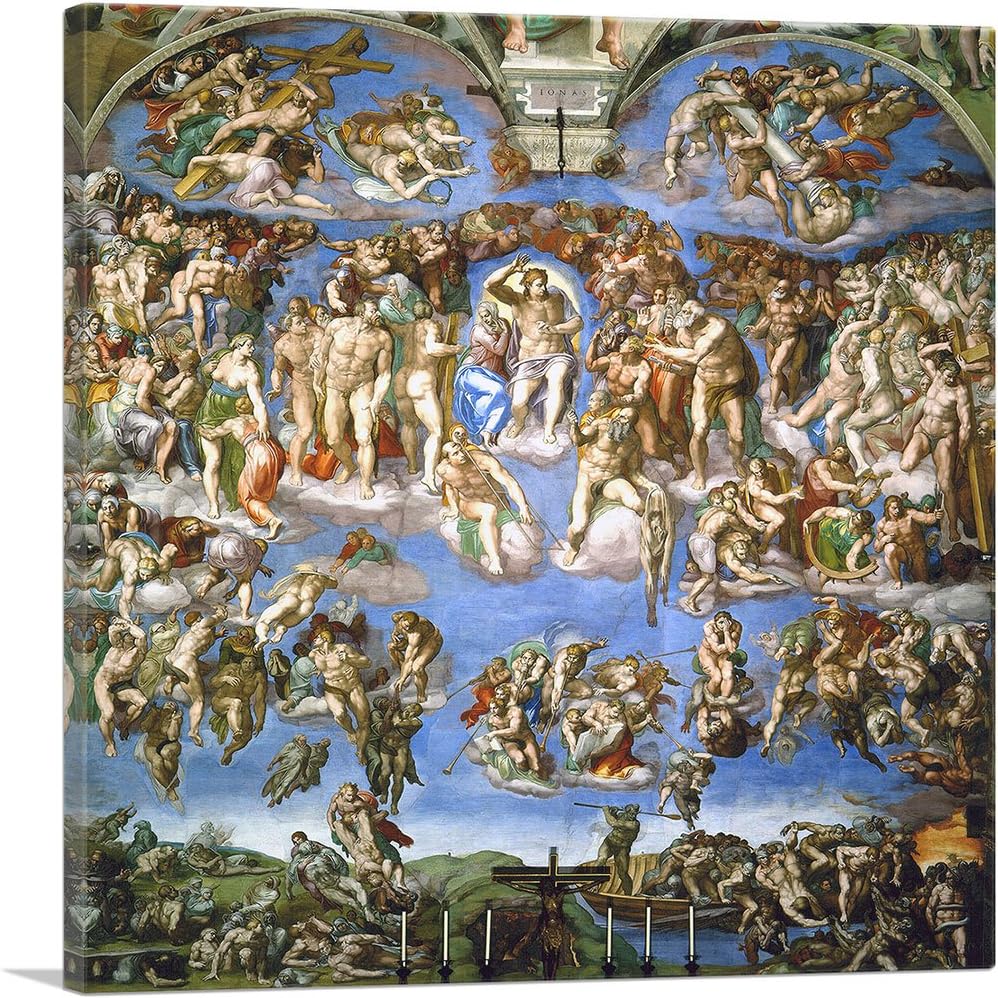Unveiling the Majesty of Michelangelo's "The Last Judgment": A Masterpiece of Divine Revelation
Michelangelo’s “The Last Judgment,” housed within the Sistine Chapel in Vatican City, stands as an epitome of Renaissance artistry and spiritual grandeur. Completed in 1541, this monumental fresco portrays the Second Coming of Christ and the final judgment of souls, offering a profound glimpse into the depths of human existence and divine justice.
Interpreting the Symbolism:
At the heart of the fresco, Christ sits in judgment, surrounded by angels and saints, while the saved ascend to heaven and the damned are consigned to hell. Michelangelo’s masterful depiction of the human form conveys a visceral sense of emotion and drama, capturing the anguish of the damned and the serenity of the redeemed with unparalleled intensity.
Controversy and Restoration:
Upon its unveiling, “The Last Judgment” sparked controversy due to its explicit nudity and vivid portrayal of human suffering. In response, subsequent popes ordered the covering of certain figures, but a meticulous restoration in the 1980s revealed the fresco’s original brilliance and detail, allowing viewers to appreciate Michelangelo’s genius in full.
Legacy and Influence:
Michelangelo’s “The Last Judgment” continues to captivate and inspire audiences worldwide, serving as a testament to the enduring power of art to evoke profound emotions and provoke contemplation on the nature of existence and divine grace.

